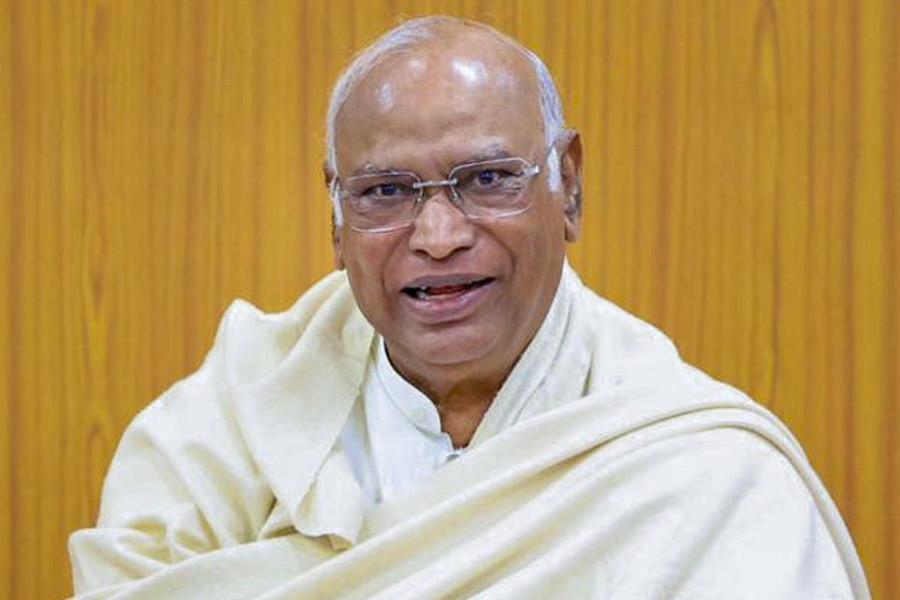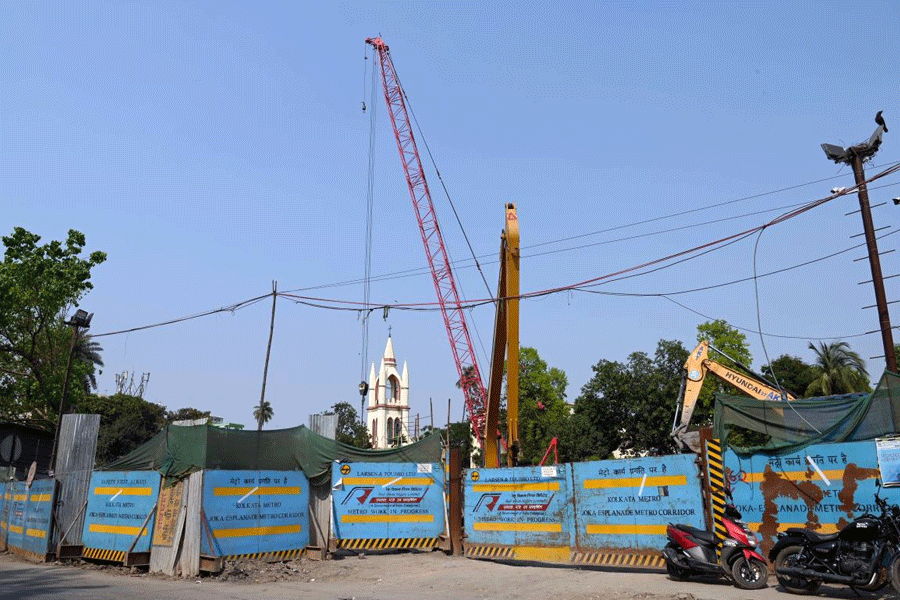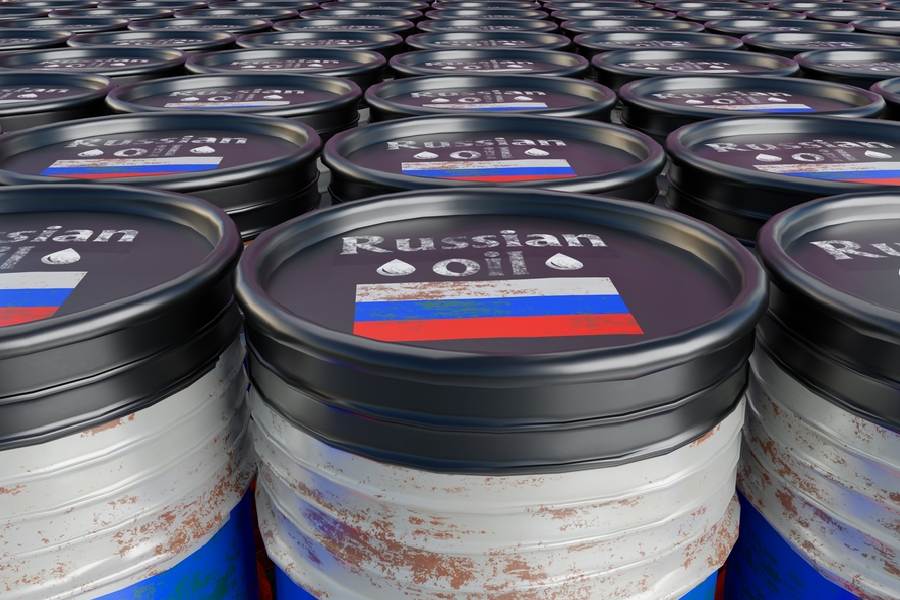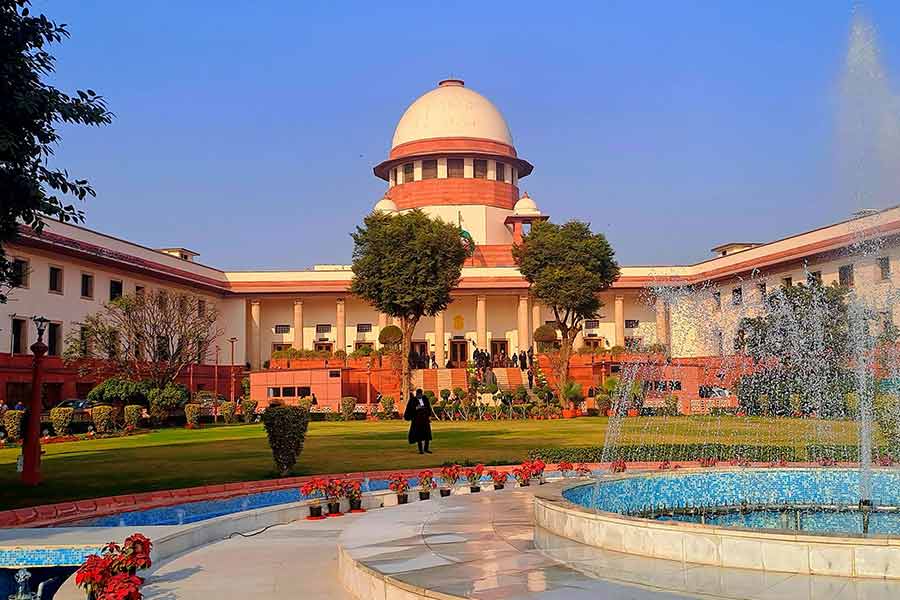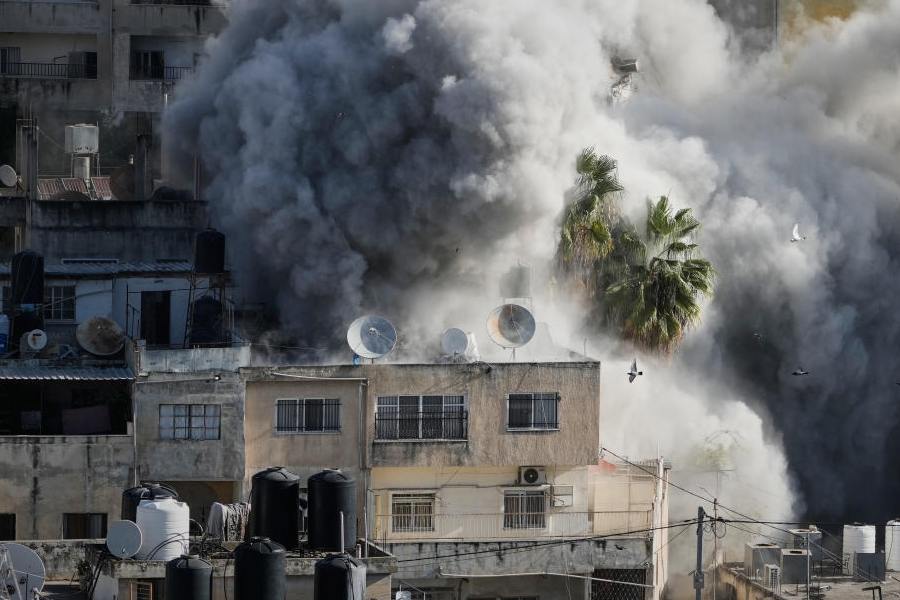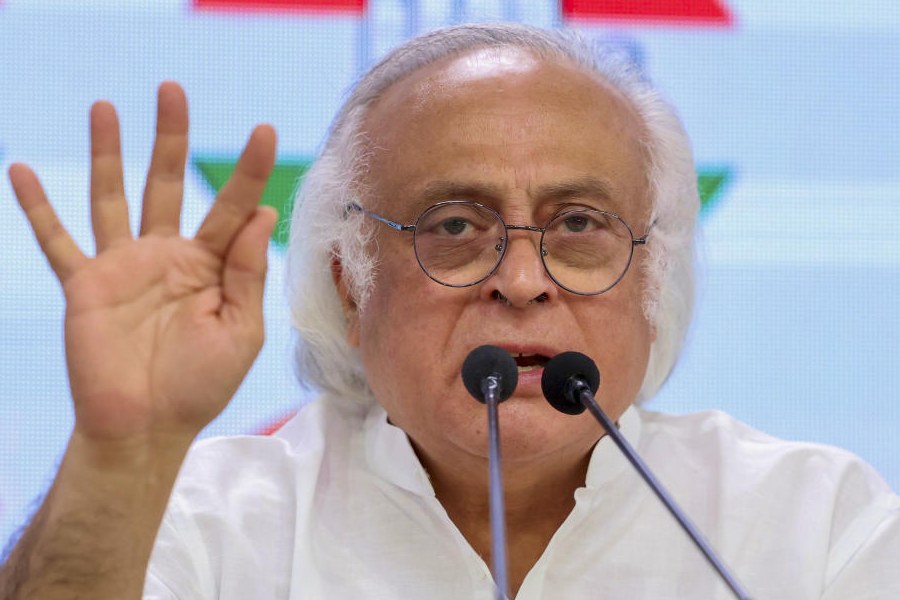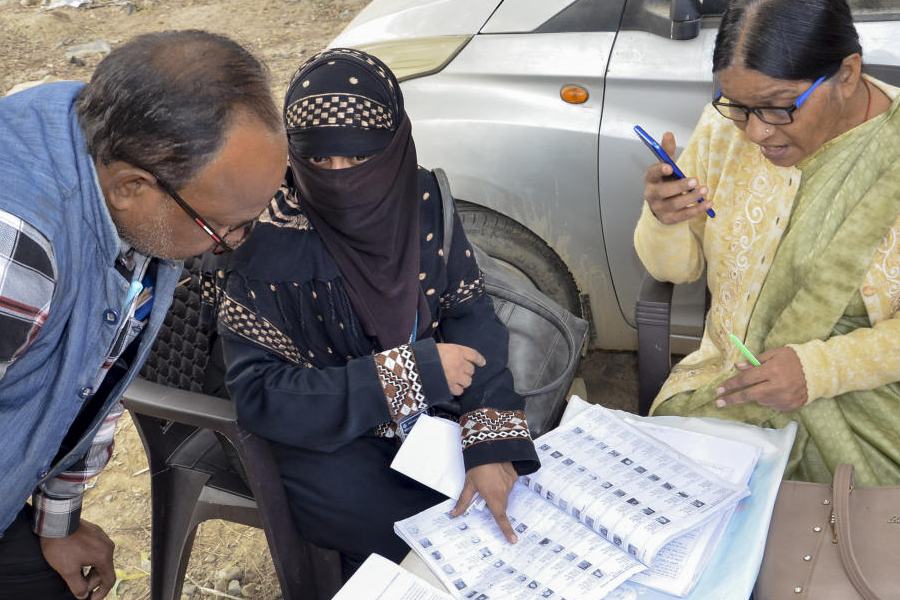 |
| Nayachar, against the backdrop of Haldia’s industrial skyline. Picture by Jahangir Badsa |
Nayachar (East Midnapore), Sept. 4: Nayachar is ghost zone. Officially, its 2,500 people hardly exist.
In the government’s files, the island shortlisted for the mega chemical hub is “uninhabited”. Some 400 families live there, though, many working in the 13 fishery co-operatives set up seven years ago with help from the government, which dug 315 ponds for them.
The rest catch their own fish from the saline waters, or the ditches they have made in the soft soil that fill up with small fish during high tide.
The government, whose fisheries department owns the 64sqkm (16,000-acre) island, never gave them residential rights and technically all are encroachers, without votes or even addresses.
This year, the fisheries department ended the co-operatives’ contracts, too.
“We had leased the ponds to the co-operatives at Rs 5,000 per year per pond so they could farm tiger prawns (bagda). But most haven’t been able to repay us. So we have not renewed the contracts,” said Pradyut Kumar Sarkar, general manager (East Midnapore) of Benfish, the co-operative body of the fisheries department.
So, all the farming of bagda going on now is illegal.
The government knows that when the time comes to claim the 10,000 acres it needs for the chemical hub — it already has 15,000 acres in Haldia, 3km away — there will be no political risks at all.
Himangshu Bhunia, 72, sat in a small thatched tea stall on the island, located on the confluence of the Hooghly and the Haldi about 125km from Calcutta, with a blank expression today.
“We know we are living on government land. We have to move out whenever they tell us. But we hope the government will provide jobs to our sons in the factories that come up,” said the fisherman, who arrived here 40 years ago with his wife and two sons from Sutahata in Haldia.
“We earn very little by catching fish during high tide,” explained Gourhari Dolai, who came in 1987 from Pathar Pratima, South 24-Parganas.
For decades, the likes of Bhunia and Dolai have lived unnoticed in their shanties. Other than government officials, the only people to visit the island were small groups of tourists, who came on hired steam launches and checked in at the two small hotels.
Except the 200 fishermen who arrive every morning on the ferry service, work in the co-operatives and leave in the evening. They will lose only their livelihood, not homes.
Bhunia knows that the hub will come up on the island’s patch of hard soil -- protected by four-foot dykes against the tides -- where the fisheries and the fishermen’s shanties stand.
The remaining 5,000-6,000 acres has a soft base. Few families live there – it’s good enough only for digging ditches and catching fish.
Bhunia doesn’t know it’s not all cut and dried yet. The government has environmental problems to contend with.
The mangroves will be at risk, and that could worsen the erosion of an already infirm terrain by the ever-widening Hooghly. Besides, building infrastructure will involve huge expenditure.
There are no roads, no electricity. Only a handful of the fishermen live in concrete houses – small, one-storey structures. There are four other pucca buildings: the fisheries department guesthouse and water treatment plant and the two private hotels.
Shanties and shops that sell tea and essentials dot a landscape dominated by coconut and jhau trees.
In December 1987, then land and land reforms minister Benoy Chowdhury had ordered the island handed over to the fisheries department. This happened in March 1988 and Benfish was asked to develop the island, which was renamed Meendwip -- fish island.
But it has stayed a ghost island.


